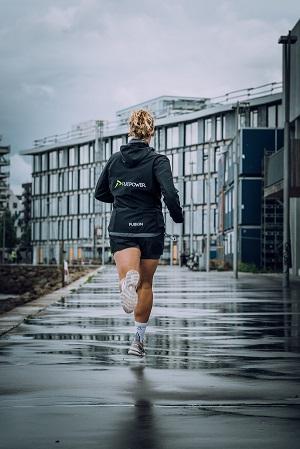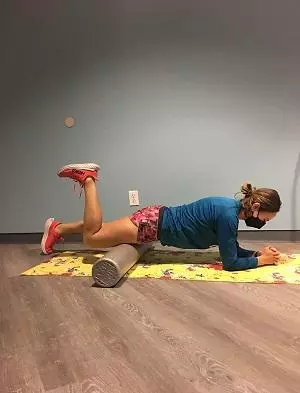Alphabetical Index of Articles on Women's Sexual, Pelvic Floor, and Reproductive Health
Female Athlete Triad – The Distance Runner’s Hidden Obstacle

If you’ve trained for a marathon or half marathon, you’re well acquainted with the dangers of shin splints, pulled muscles, and joint injuries.
And you probably take deliberate care to avoid them.
But it may surprise you to learn female distance runners face a little-known health risk that can have serious, even permanent, consequences.
I’m talking about Female Athlete Triad (FAT).
A recent article in the Journal Of Women’s Health Physical Therapy defines the condition by its three components: “low energy availability, menstrual dysfunction, and low bone density”. Those components form a chain reaction of problems that build on each other. Unchecked, each one can lead to long-term health issues from hormonal imbalance to lowered metabolism and immunities, to osteoporosis. But it’s easily ignored by those who suffer from it, and misdiagnosed by their doctors.
Kasia's Road to The Boston Marathon Part 1: A Tribute to Its First Female Runners

Road to Boston Marathon Part 1
A Tribute to the First Female Runners
On April 18, 2022 I am excited and grateful to be able to run the historic and prestigious Boston Marathon! As a physical therapist at Fusion Wellness /Femina Physical Therapy and avid long-distance runner for over 20 years, I’m excited to share my training journey with you leading up to the race. This race holds a special place in the hearts of long-distance runners because you must run a qualifying race with a qualifying time. Females ages 18-34 must run 3 hours 30 minutes or better, and males ages 18-34 must run 3 hours flat or better.
Road to Boston Marathon Part 2: 10 Strength, Conditioning, and Balance Exercises for Marathon Runners

Road to Boston Marathon Part 2: Exercising at Home or in the Gym
10 Exercises to Improve Strength, Conditioning, and Balance
Leading up to the Boston Marathon, I have been incorporating these 10 key exercises into my weekly routine (3x/week) to keep my body strong and balanced. Videos of these exercises are posted below. These exercises target the key muscle groups used by runners. These are for educational purposes, not meant to treat medical conditions nor supplement medical advice.
Road to Boston Marathon Part 3: Building a Post-Run Recovery Routine

A very important component of any running program, ranging from a 5 km (3.1 miles) race to an ultra-marathon (anything more than a marathon which is 26.2 miles), is adequate recovery.
Many people neglect this portion of their training because it doesn’t involve getting sweaty or doing high intensity intervals or weights. However, building in a solid recovery routine is crucial to helping your body bounce back after training as quickly as possible. A good recovery routine also helps prevent injury, decreased immune system function, and muscle mass loss. A recovery routine encompasses a cool-down activity, nutrition, and exercises like hatha-based yoga, foam rolling, and/or stretching the major muscle groups used during your workout. Although not discussed here, getting good quality sleep is critical to recovery as well!
My Post-run Recovery Routine:












